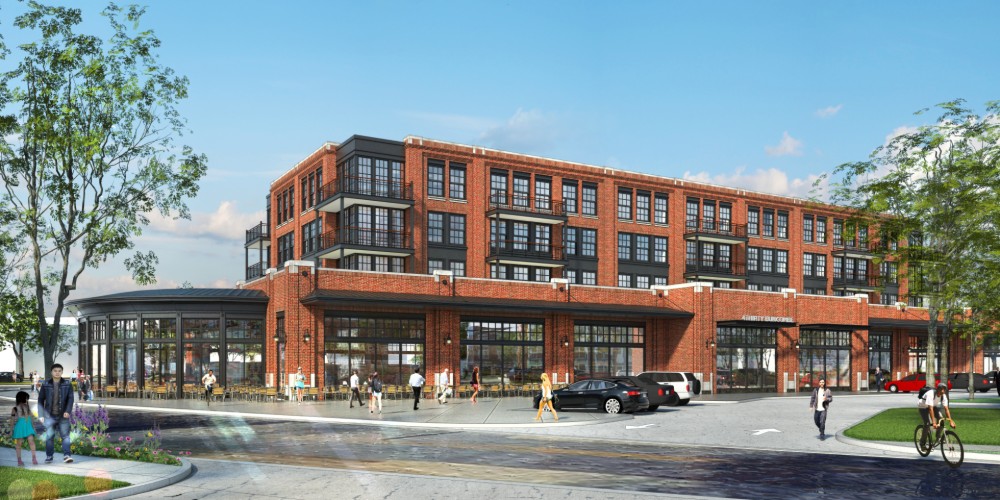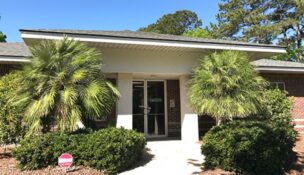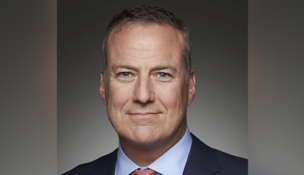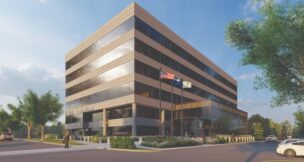City wants downtown living to be affordable
Staff //November 1, 2019//
The city of Greenville master plan for downtown is focused on key initiatives that can advance the economic and physical success of the district in the next five to 10 years.
The plan calls for a focus on public and private investment “that will attract a talented workforce to downtown.” In addition, the city wants to grow the employment base and “create attractive opportunities for young businesses in the context of high-performing regional urban centers within a two-hour travel time. “This is in order to support and sustain a growing jobs sector with competitive wage and salary benefits,” the report said.
 The master plan also highlights the need “to creatively address the economic gentrification and dislocation of long-time residents and families forced to move out of downtown as taxes and redevelopment pressures grow.” Affordable housing, transportation and workforce training become important components to a holistic approach to retention and improvement, the report said.
The master plan also highlights the need “to creatively address the economic gentrification and dislocation of long-time residents and families forced to move out of downtown as taxes and redevelopment pressures grow.” Affordable housing, transportation and workforce training become important components to a holistic approach to retention and improvement, the report said.
“During the master plan process, affordability was a concern for different downtown stakeholders,” said Mary Douglas Hirsch, downtown development manager for Greenville. “In downtown, half of those below 30% area median income are heavily cost-burdened, paying over 50% of their income on housing.
“The downtown master plan discusses the importance of affordable housing strategies for the city to ensure downtown housing is attainable by all to avoid an imbalance of affordability,” she said. The strategies include suggestions to require an affordable housing component in all residential development when disposing of public land; to institute an affordable housing requirement as a condition of receiving public support, and to consider investments in transportation that make it easier for low-and moderate-income workers to commute into downtown, she said.
There is more space downtown for the development of affordable housing, Hirsch said, adding that the city would like to see affordable and workforce housing opportunities built throughout, including downtown.
“Prior to the downtown master plan’s adoption in August, the city for years had already been working on affordable housing, as evidenced by the numerous successful projects by the city’s community development department and through the establishment of new resources like the Greenville Housing Trust Fund,” she said.
Hirsch said the total downtown population is 15,700 and is expected to increase to between 18,900 and 20,400 by 2028. She said since 2010, city records indicate that 2,564 multi-family units have been completed — 2,339 apartment units and 225 condo units. Downtown living options include, but are not limited to, Main and Stone, Rivers Edge and Trailside at Reedy Point.
Adding to that is number is Canvas Lofts, at the corner of Buncombe and Whitner streets. Developers broke ground earlier this month on the mixed-use community that will include single-family attached townhomes, ground-level retail, multifamily residences and an office building renovation in the Heritage Green Arts District.
Comprised of both new construction and the renovation of a downtown office building in the Heritage Green Arts District, Canvas, a development of The Beach Co., will include 48 for-rent multifamily apartments, 31 for-sale townhomes, 21,805 square feet of retail space and the renovation of a 130,000-square-foot office building. Construction is expected to last 18 months, with first units available for occupancy in early 2020, according to a news release.
When asked if the development fits into the downtown plan for affordable living, Tim Cotter, development manager of The Beach Co., said the infill development scope of Canvas is the result of planned development zoning with the city.
“We chose to go with the collaborative planned development route with the city and neighborhood stakeholders in lieu of the prior mixture of higher density zoning previously in place,” Cotter said. “In doing so, we felt the site would benefit from a plan that allowed for a defined transition from the adjacent Hampton-Pinckney neighborhood to Heritage Green and the downtown central business district.”
Cotter said the planned development process was in motion prior to the publication of the downtown master plan, “but we are pleased to see that the input we implemented from the city and neighbors closely aligns with many of the goals and objectives of the downtown master plan.”
Hirsch said the city recognizes that not all projects will have an affordable component, but that it is working to identify those projects that are good candidates for a portion of affordable/workforce housing.
“The Canvas project is being built on land that was privately owned and does not have public subsidies that would require a portion of affordable housing,” she said. “The project will activate the Buncombe and Stone District and will continue Greenville’s successful downtown redevelopment.”
l

















